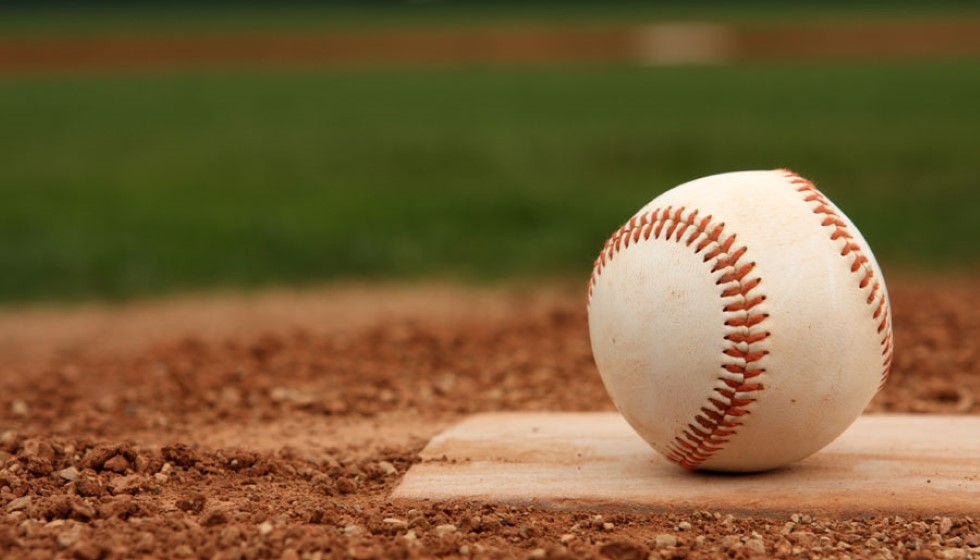
In the world of Major League Baseball (MLB), the spotlight often shines brightest on the pitchers, the athletes entrusted with launching the game into action. Their performances can be mesmerizing, with fastballs, curveballs, and sliders that defy gravity and expectation. However, beneath the surface of these impressive displays of athleticism, a troubling trend is emerging. An increasing number of pitchers, including notable names like Eury Pérez, Shane Bieber, Jonathan Loáisiga, and Spencer Strider, find themselves sidelined due to injuries. The recent scratch of Framber Valdez from a scheduled start due to elbow soreness underscores a growing concern within the sport.
The Underlying Numbers
Statistics paint a worrying picture: 34.2% of MLB pitchers have undergone Tommy John surgery, a procedure to reconstruct the ulnar collateral ligament in the elbow—a stark indicator of the physical toll pitching takes. At the season's onset, pitchers accounted for 80% of the players on the injured list, a disproportion that begs for deeper analysis. The issues contributing to this trend are multifaceted and complex.
Modern Baseball and Pitching Challenges
The introduction of a pitch clock, intended to speed up the game, is feared to potentially strain pitchers, rushing their preparation time between pitches. Moreover, the pursuit of increased pitching velocity and enhanced spin rates places additional stress on their arms. Following the MLB crackdown on the use of foreign substances, designed to normalize the playing field, there has been an uptick in injuries. This ban has left pitchers searching for legal ways to maintain grip and control over pitches, underlining a significant area of contention between the players and the league.
Further complicating the landscape is the phenomenon of early specialization in youth baseball. Young athletes focusing exclusively on pitching from an early age face premature wear and tear, setting the stage for future injuries. Concerns around the health impacts of reduced recovery time, a consequence of the demanding MLB schedule, are also growing among players and analysts alike.
Inaction and Frustration
Despite the mounting evidence and increasing vocal concerns from players, there seems to be a lack of acknowledgment or in-depth study on the effects of these changes by the league. This inaction is perceived by players as a significant threat to the game's integrity and to their personal health and livelihoods. A sentiment of frustration permeates the clubhouse, particularly around the ban on foreign substances, which some players believe directly contributes to injuries.
The voices of the players reflect a mix of concern and angst. One player articulated the frustration felt by many: "I truly believe 100% that's why I got hurt. I'm frustrated MLB doesn't understand. You can't just tell us to use nothing. It's crazy." Such statements echo across the league, underscoring a divide that may have serious implications for the future of baseball.
The Road Ahead
As these issues come to the fore, it is clear that the MLB is at a crossroads. The health and well-being of its players, particularly pitchers, are paramount, yet the path to addressing these concerns appears murky. The call for a more comprehensive understanding and adjustment to the demands placed on pitchers is growing louder. Players, coaches, and fans alike hope for a resolution that can balance the competitiveness of the sport with the necessary protections to ensure athletes' longevity and well-being.
As the debate continues, it is pivotal that all parties involved – from the league administrators to the players' association – come together to construct a future that honors the skill and dedication of pitchers while safeguarding them against unnecessary risks. Only with a concerted and unified approach can the beauty and excitement of baseball continue to thrive without costing its most valuable players their health and careers.
In conclusion, the situation facing MLB pitchers today is a complex amalgamation of tradition, innovation, and the relentless pursuit of excellence. As the league navigates these turbulent waters, the hope is that it can steer towards solutions that uphold the spirit of the game and protect those who give it life.